Visualizing: Age at War Start
CHOOSING QUESTIONS
The Veterans History Project archive contains nearly 800 oral histories from Connecticut veterans. These interviews are accompanied by written answers to some basic questions about each veteran. The transcribed answers to these questions now form a large database that we can use to quickly learn about these veterans as a group. But one crucial question was missing:
How old were you when you enlisted?
This question almost always came up over the course of each interview, but the answer wasn’t written down. As a result, a systematic answering of this question would involve viewing hundreds of hours of oral histories and recording the answer when (and if) it was provided.
Luckily, two crucial answers were systematically recorded for each interview:
What is your date of birth?
What wars did you serve in?
Combining these two questions allows us to pose a different question:
How old were you at the start of the war you served in?
Asking this question offers a different, but still very useful perspective on age, war, and military service in the US.
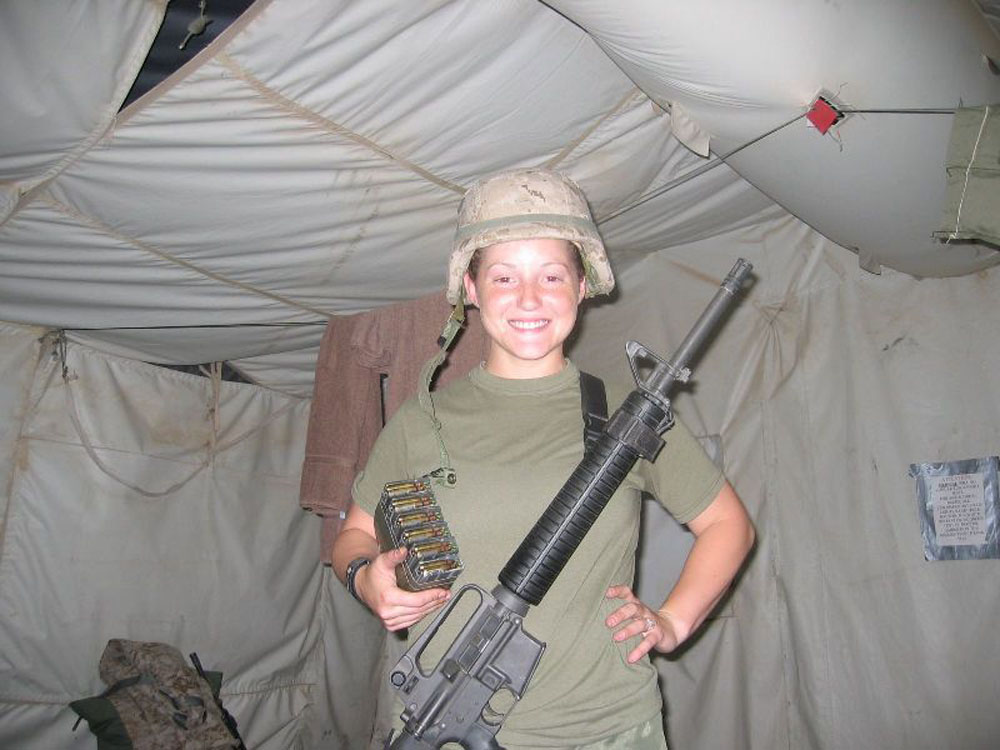
WHEN DOES A WAR START?
First off, we must settle on start dates for major US military operations in the 20th – 21st century:
The United States entered WWI when Congress declared war against Germany on April 4th, 1917. We know the birthdays for the two veterans in the archive who participated in that conflict, so we can easily calculate that they were 22 and 19 years old, respectively, when war was declared.
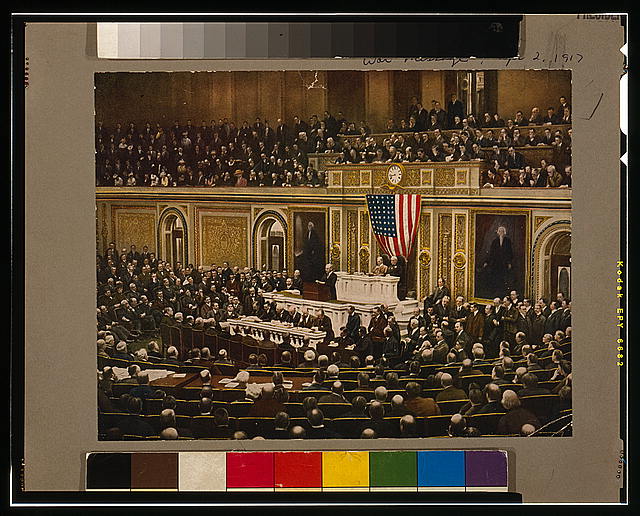
Not all conflicts are so easily delineated. What about WWII, when Japan bombed Pearl Harbor before the United States declared war? In that case, it is prudent to identify December 7th, 1941 as the start of the conflict.
Why is this worth noting?
Wars are not tidy things. Distinctions will become increasingly important as we move forward. In the case of WWI, hundreds of American civilians died in German submarine attacks prior to the declaration of war.
So why not “start” that conflict earlier, say with the sinking of the Lusitania?
The distinction hinges on the start of military operations. Pearl Harbor was an attack by the Japanese military on the US military. A battle was fought between military forces, even if it was a surprise attack.
We can apply this same logic to more recent conflicts in Iraq and Afghanistan, where the United States never formally declared war. Instead, we use the start of aerial bombardments to mark the beginnings of Operation Desert Storm, Operation Enduring Freedom, and Operation Iraqi Freedom to the day.
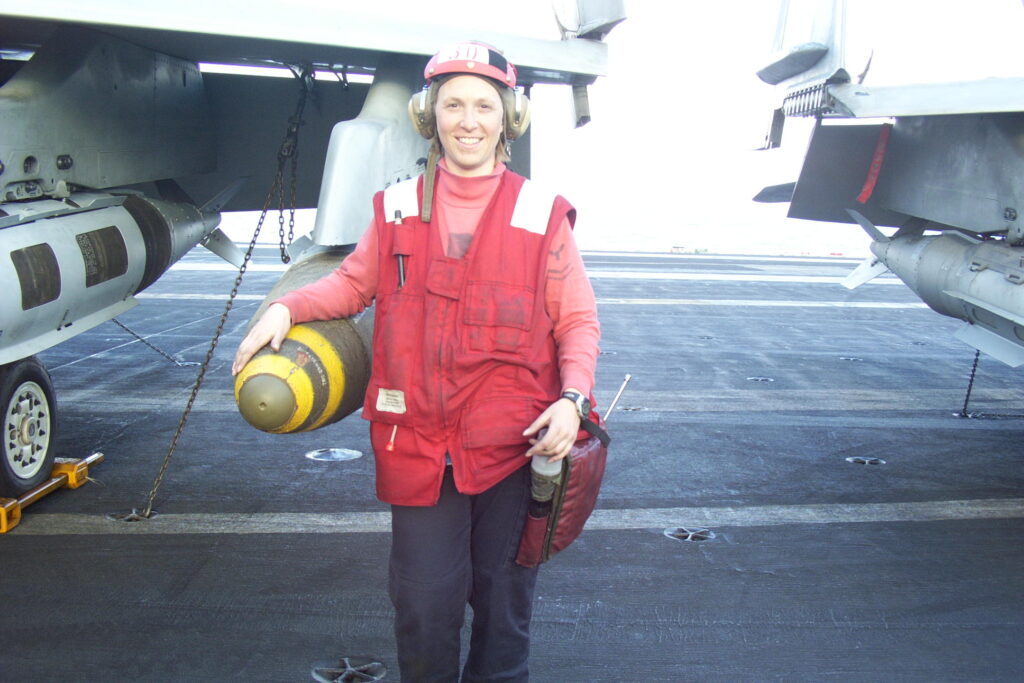
However, three big question marks remain:
The Korean War was a war between North and South Korea before the US entered the conflict. And it’s another conflict where the US never formally declared war. Like more recent conflicts, Congress approved the use of military force. The US was also part of a larger, UN force that moved to support South Korea in that conflict. Truman famously declared it a “police action”, rather than a war.
As a result, we’ve chosen June 27, 1950, to mark the start of the Korean war. On that date, the UN Security Council adopted Resolution 83, calling for the military operation that Americans now recognize as the Korean War.
The Cold War is another confusing conflict, with debatable start and end dates. As both an undeclared “war” and a “cold” conflict it defies both standards we’ve used so far to choose start dates. It also is an incredibly lengthy war, stretching from the 1940s to the 1990s, with proxy campaigns spanning the globe. From a variety of debatable starting dates, we’ve chosen March 12th, 1947, the day President Truman published the “Truman Doctrine.” Though US and USSR troops would never fight in direct combat, and neither side would declare war on the other, Truman’s declaration marks a public shift that would bring two recent allies to the brink of mutual assured destruction.
The final conflict on this list is the Vietnam War. Like the Cold War and other conflicts, the United States never made a declaration of war. Unlike the Cold War, the US military was suffering casualties in Vietnam from 1959 onward, long before the American public was wholly aware of participating in a war there.
In the face of this complexity, we’ve chosen August 7th, 1964: the day when the Gulf of Tonkin Resolution was enacted by President Johnson. Though the US military had been fighting in Vietnam before this date, the resolution served as a momentous public declaration for the United States. Its role marking the “start” of direct military operations serves well for our purposes.
With our dates settled, the data science program R can now easily return the age of each veteran at the start of their respective conflict. Though several veterans served in multiple conflicts, we’ve chosen to identify them with the first conflict they participated in.
Take a look at the results:

GROWING UP IN WARTIME
At a glace it’s apparent that most veterans were 16-25 at the start of their war. Though most couldn’t join until the age of 18, it’s worth noting that some of these conflicts were five to ten years long, or longer!
The shortest conflict, Operation Desert Storm, only lasted 43 days. As you’d except, everyone involved in that war was old enough to be enlisted at the start.
Protracted conflicts, such as the Vietnam War or the Wars in Afghanistan and/or Iraq reveal veterans who were only children at the conflict’s onset. One veteran who served in Afghanistan was only 8 when that war began. Another who served during Vietnam was only 6 years old at the time of the Gulf of Tonkin resolution.
The Cold War, a 45-year conflict, had multiple veterans who weren’t yet born when the Truman Doctrine was published! In fact, of 22 veterans who identified themselves as participants in the Cold War, only 1 was old enough to enlist when that conflict began.
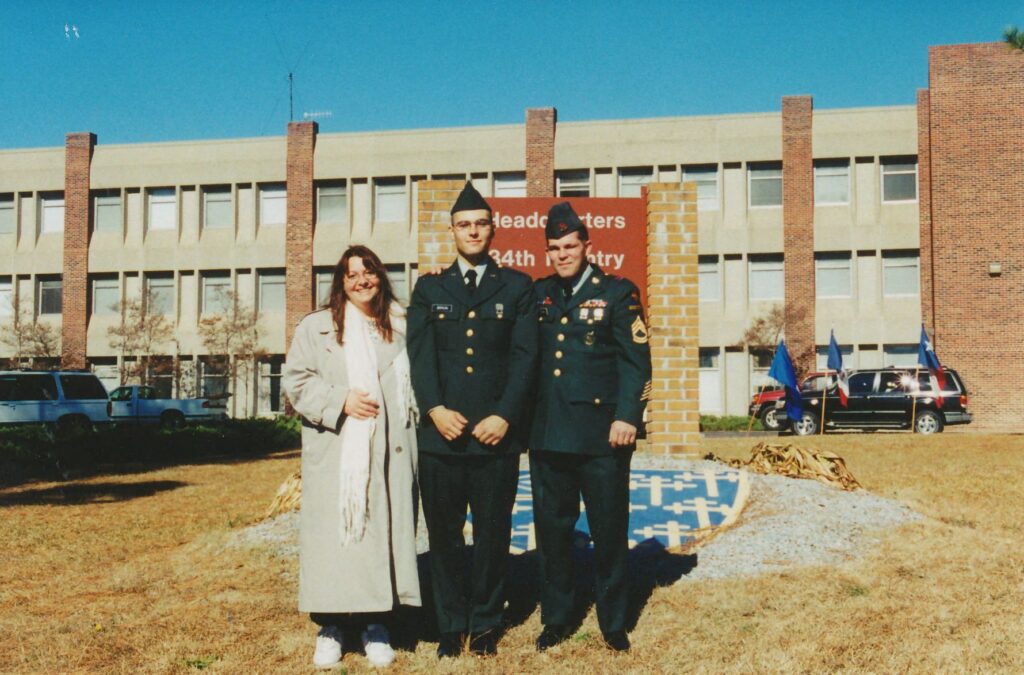
Wars are messy things, and they can last a long time. Understanding the complexity of different conflicts – how, why, and when the US joined the fight – is crucial information for any American. This knowledge helps inform our perspectives on present and future conflicts. Understanding that some wars can easily last a lifetime is another vital insight for every citizen.
We invite everyone to explore the VHP archive and listen to the voices of your veterans. Their stories can better inform your ideas of service, of military force, and of the men and women who compose our military.
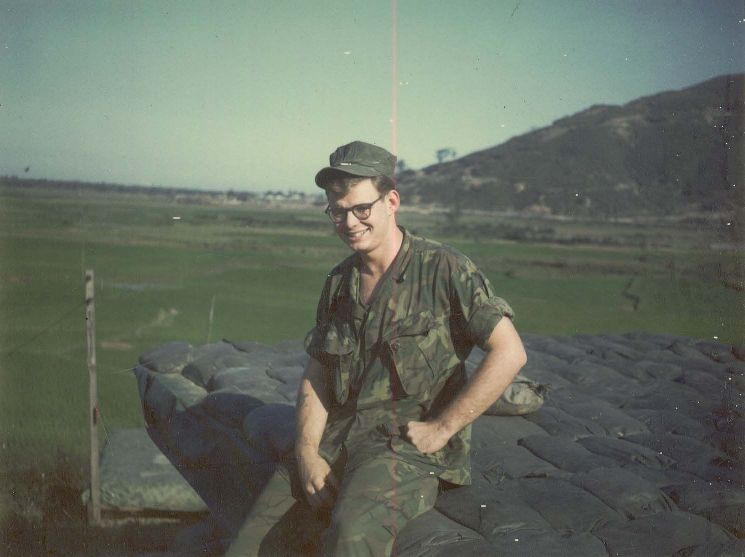
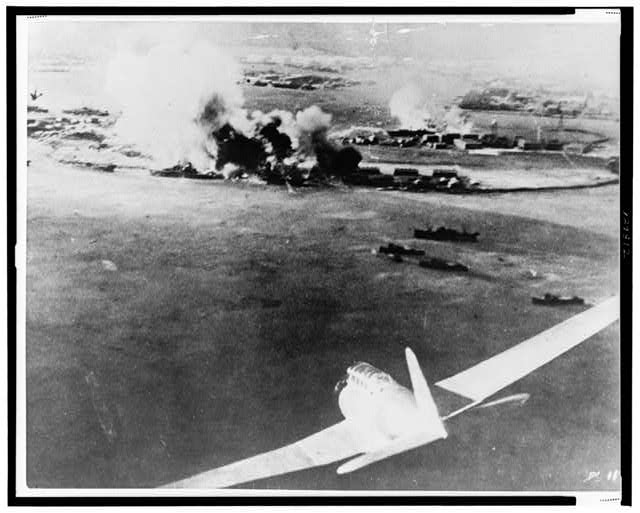


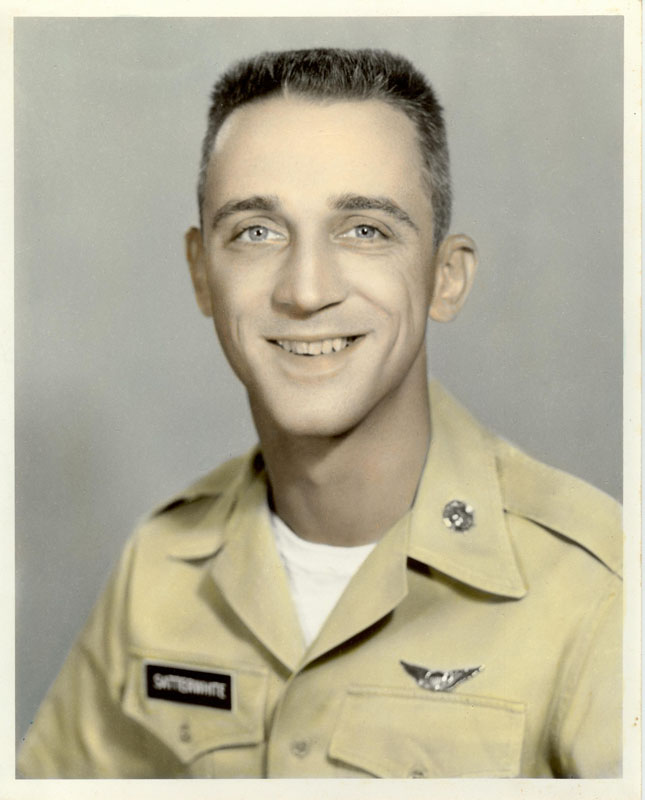
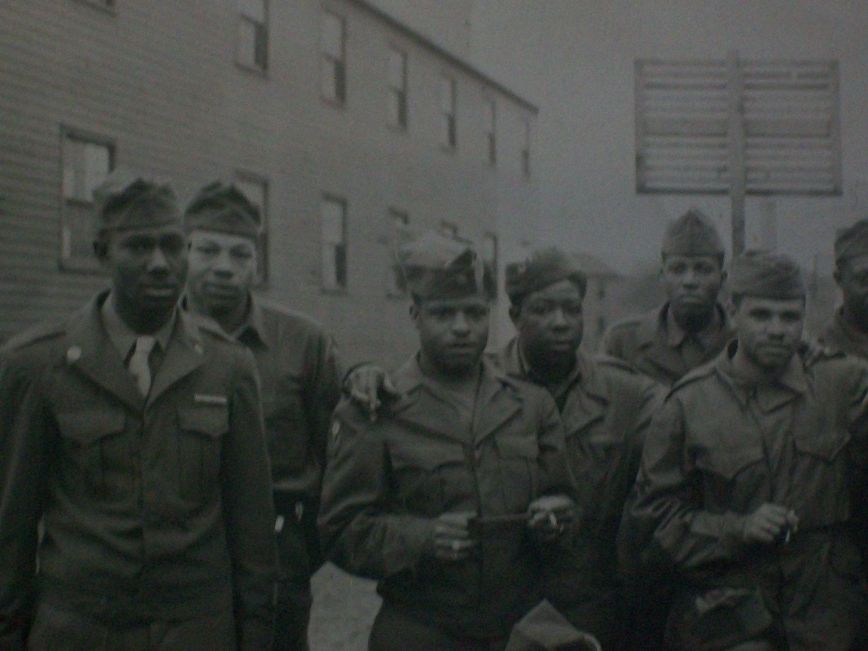
2 Comments
Pingback:
Pingback: